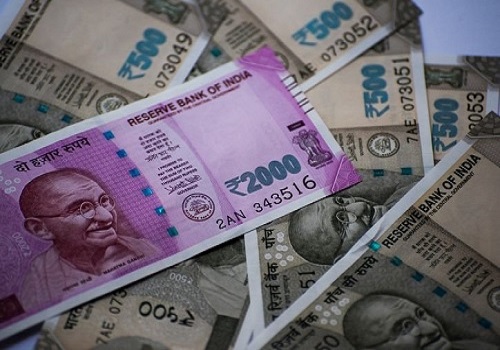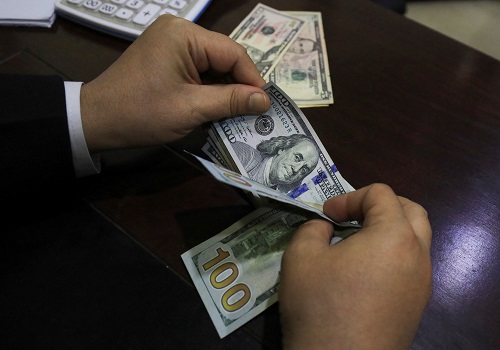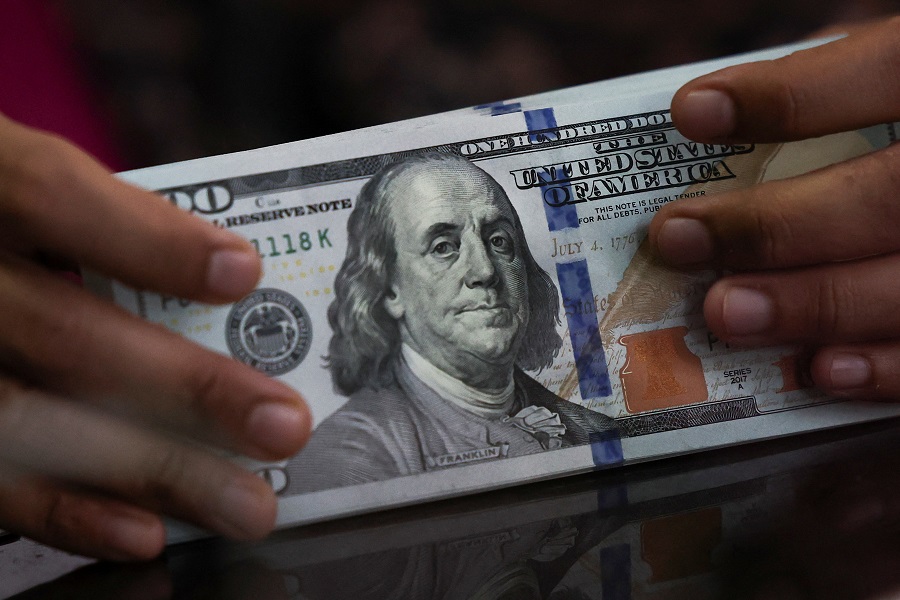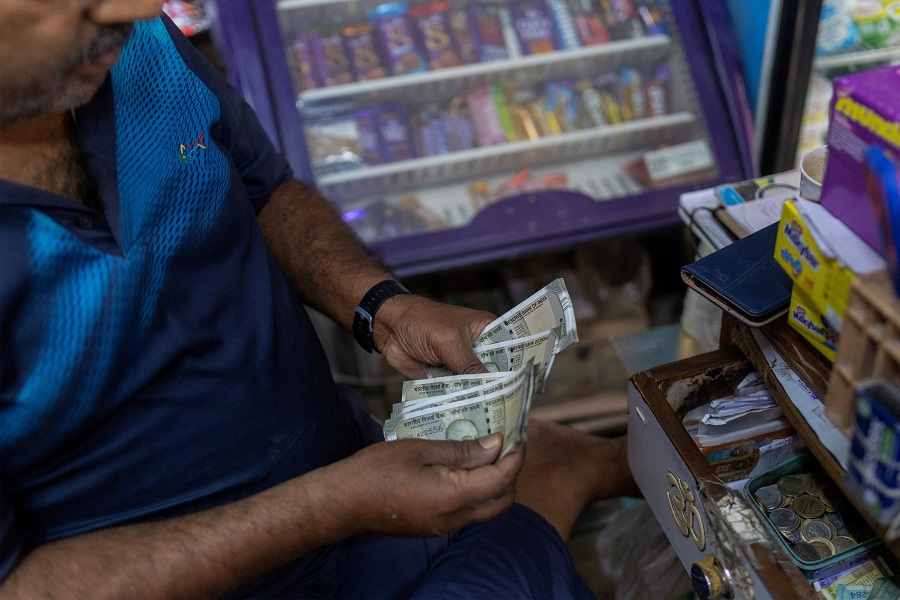Bullish positions on Indian rupee at over two-year high; Asian FX bears hold ground
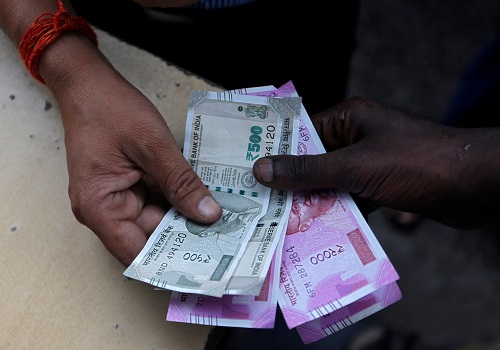
Bullish bets on the Indian rupee firmed most in two-and-a-half years, while investors maintained bearish positions across most Asian currencies amid uncertainty over China's economic recovery and a protracted global monetary easing timeline, a Reuters poll found on Thursday.
Short bets on the Chinese yuan, the South Korean won, and the Philippine peso jumped to their highest level since Nov. 2, 2023, according to a fortnightly poll with 13 respondents.
Bucking the trend, long positions on the Indian rupee increased to their highest since Sept. 9, 2021 as market participants remain optimistic on the country's economic outlook and an upside in the stock market.
"I don't expect any rate cuts from the RBI (Reserve Bank of India) anytime soon so INR could gain some benefits as relatively high yield FX vs Asian peers," Poon Panichpibool, a markets strategist with Krung Thai Bank, said.
High likelihood of increased inflows following the inclusion of Indian government bonds in debt indexes, coupled with hefty foreign exchange reserves, has bolstered outlook for the Indian rupee in the near-term.
Meanwhile, increasing bets of a U.S interest rate cut later in the year on the back of Federal Reserve Chair Jerome Powell's comments on Wednesday, along with data pointing to an easing of labour market conditions, has pushed the greenback lower.
The ringgit was the most-shorted currency in the region even as traders eased their bearish positions. The Malaysian currency has been recovering losses, but is still among the biggest laggards in Asia, having depreciated 6.5% year to date.
Parisha Saimbi, an EM Asia FX strategist at BNP Paribas, attributes the ringgit's underperformance to "below trend growth in Malaysia and low real yields compared to Asian peers", among other factors.
Weakness in the dollar once the Fed starts cutting policy rates should drive Asian currencies higher, benefiting the ringgit as well, with more foreign fund inflows also potentially helping the currency, Krung Thai Bank's Panichpibool said.
Meanwhile, markets are keenly looking at the week-long Chinese parliamentary meeting of senior policymakers, where it set a widely expected 5% growth target for this year, for announcements on substantial policy measures to prop up the world's second-biggest economy.
The Asian currency positioning poll is focused on what analysts and fund managers believe are the current market positions in nine Asian emerging market currencies: the Chinese yuan, South Korean won, Singapore dollar, Indonesian rupiah, Taiwan dollar, Indian rupee, Philippine peso, Malaysian ringgit and the Thai baht.
The poll uses estimates of net long or short positions on a scale of minus 3 to plus 3. A score of plus 3 indicates the market is significantly long U.S. dollars.
The figures include positions held through non-deliverable forwards (NDFs).
The survey findings are provided below (positions in U.S. dollar versus each currency):
DATE USD/CNY USD/KRW USD/SGD USD/IDR USD/TWD USD/INR USD/MYR USD/PHP USD/THB
7-Mar-24 0.84 0.54 0.25 0.53 0.64 -0.59 1.14 0.52 1.05
22-Feb-24 0.70 0.40 0.20 0.20 0.70 -0.40 1.30 0.30 1.10
8-Feb-24 0.40 0.39 0.41 0.40 0.32 -0.17 1.07 0.28 0.72
25-Jan-24 0.37 0.90 0.28 0.51 0.49 -0.18 1.21 0.50 0.90
11-Jan-24 0.18 0.30 0.02 0.19 0.05 -0.15 0.72 0.09 0.03
14-Dec-23 0.02 -0.09 -0.22 -0.05 -0.33 0.34 0.58 -0.22 0.16
30-Nov-23 0.12 -0.05 -0.07 -0.05 -0.13 0.63 0.73 -0.10 -0.1
16-Nov-23 0.77 0.49 0.38 0.77 0.63 0.82 1.14 0.38 0.28
2-Nov-23 1.32 1.18 0.74 1.44 1.31 1.35 1.33 0.96 0.85
19-Oct-23 1.02 1.16 0.84 1.06 1.06 1.21 0.78 0.89 0.67
















